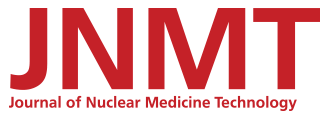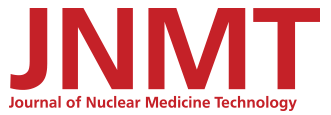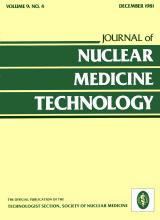Abstract
The current procedure for demonstrating dose calibrator activity linearity requires that a series of readings be acquired throughout the range of activities to be assayed by the instrument. The Nuclear Regulatory Commission recommends this technique be accomplished by assaying the first elution from an Mo-99/Tc-99m generator over a period of several days. To reduce exposure, cost, time, and material, we propose an alternate method, which uses a series of lead tubes with each placed sequentially around the source in the dose calibrator to simulate decay. The benefits of this technique are that the source does not have to be removed from the dose calibrator; the radiation exposure to personnel is maintained as low as reasonably achievable (ALARA); the evaluation can be performed in a few minutes; and the source can subsequently be used for kit preparation or patient dose administration.







